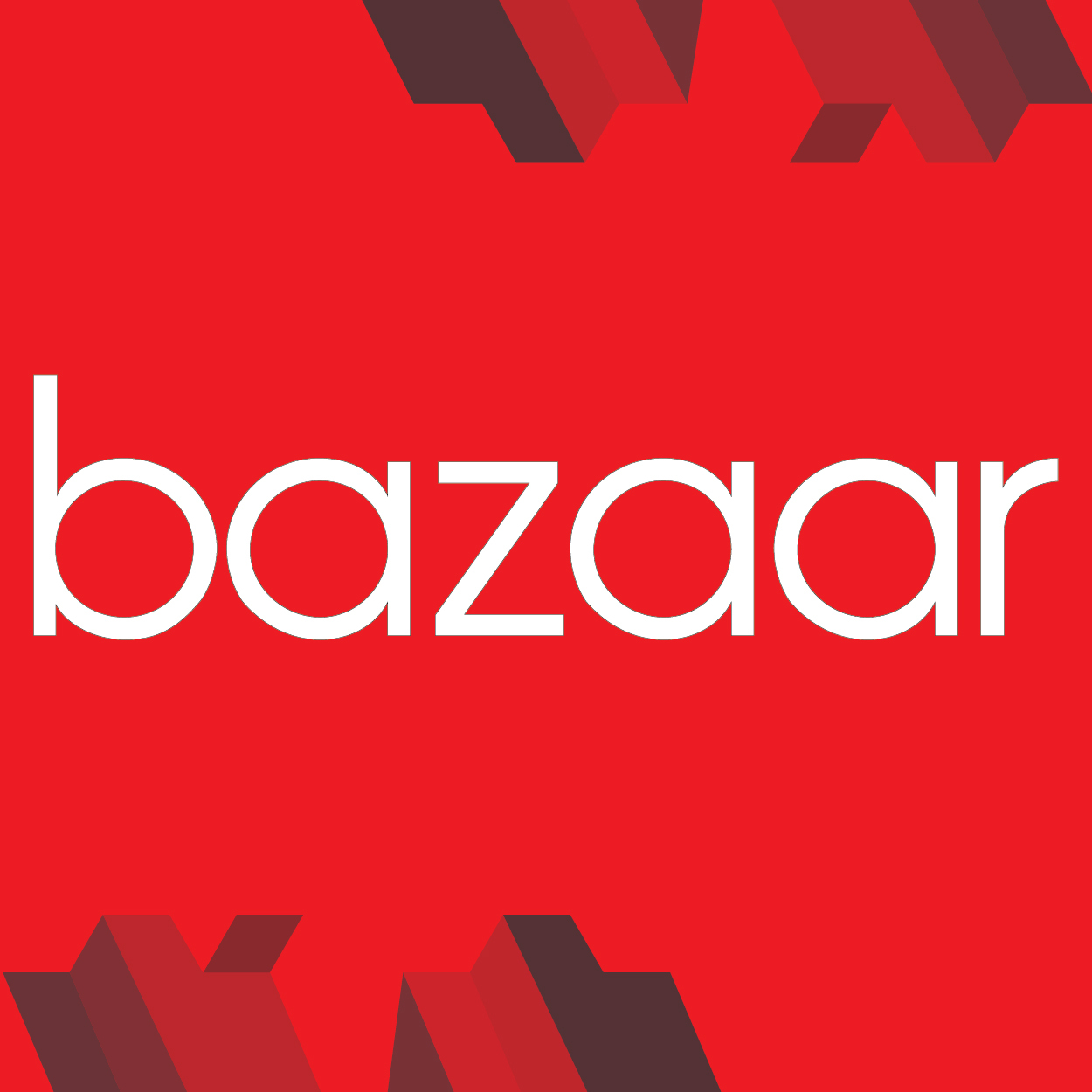Aside from representation itself – landscape, portrait, still life, and so forth – geometrical figures have long been favored by artists. Geometrical abstraction has seeped into such European art movements as minimalism and cubism, giving way to a studied use of materials and space on the canvas. People from the West didn’t discover this, of course. Along with floral motifs, geometrical designs have long been employed in various forms of Islamic art, from painting or architecture, the best-known form probably being the arabesque.
Syrian artist MouteeaMurad has revisited the Islamic cubistic art in his exhibition of abstract paintings “Through the Looking Glass II”. Murad’s first solo exhibition in Beirut is comprised of seven acrylic-on-canvas works, all “juxtaposing order and chaos,” as gallery press notes put it, of geometric abstraction.
In the early years of his career, Murad’s early painting was preoccupied with dark personalities, but he later felt the urge to reorient his work to an exploration of color. Embracing the art history of this region, Murad takes his audience on an exploration of colorful spaces composed of stripes, squares and perspective, entirely living up to the kaleidoscopic promise of the show’s nod to Through the Looking-Glass, Lewis Carroll’s 1871 sequel to Alice’s Adventures in Wonderland.
In his canvas “Trial No. 49” (185×185 cm), Murad assembles different geometric motifs, one atop the other, within a form depicting the walls and floor of a room – with white bars deployed along the walls and squares along the floor. Murad explained that his work is one of adding layers of paint. He went on to describe how one of his objectives was to play with the viewer’s eyes. “Abstraction,” he said, “is a challenge for each person.” The blending of different geometrical motifs within a wide and vivid palette of colors gives the viewer the impression that the painting is in restless movement.
Far from being a random assembly of bars and squares, Murad’s art is a detailed study of intersection and convergence, a strategy of capturing the viewer’s attention and him or her into the canvas. Most of his works are entitled “Trial” which, as is remarked in the exhibition catalogue, is “a clear indication that he sees his work as a continual state of exploration and renewal.”
Murad’s works have an obvious kaleidoscopic quality. In his “Trial No. 51” (185×185 cm), for instance, the artist used a range of hues – mainly blues and pinks, along with black lines. Four bands of turquoise join at the center of the canvas, which give the viewer the impression that s/he is looking at a concave surface. The euphoric deployment of vivid color doesn’t have a seizure-provoking intensity – Murad always cuts the colorful lines with black ones, modulating the vibrancy of the work without reducing the overall effect of the canvas.
The longer one gazes at Murad’s work, the more one may feel the colors are, again, in movement as the artist’s technique tricks the eye into perceiving a rotating or spiral effect in this work. Though a similar effect may be discernible in all of Murad’s canvases, the perception of each work is unique insofar as always deploys his geometrical motifs differently.
In his work “Trial No. 52” (185×185 cm), we face a mosaic-like work in which a field of irregularly shaped shards of color are both framed by and interposed upon by a pair of square white frames. The interruption is reiterated at the very center of the work, which is occupied by a white square or cube shape. Each of these white fields betrays the same brush-stroke-like contours as the colored mosaics it contains. Focusing on the bas relief-like geometric shapes of the colorless frames, the white fields create the impression of added dimensionality. In this way, Murad’s abstract geometry veers close to becoming a study of abstract architectural design.











